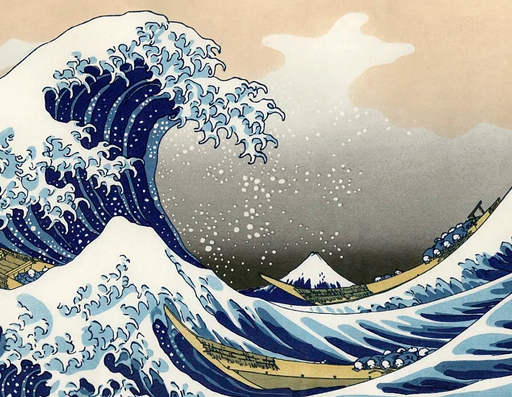
I have a love-hate relationship with museums. They entice my curiosity but exploit my stinginess.
It’s the same thing every time. I fork over the entrance fee, grab the free info on the exhibits and scoff at the suckers paying for the tour. But I always walk away feeling dissatisfied with the experience. My only solace is that I saved enough money to forget the whole thing over a pint.
But a recent trip to the Hermitage Museum in St. Petersburg convinced me to change my ways.
I arrived at the museum with guidebook in hand and spent the morning tying to extract every ounce of information and interpretation out of the outdated book. After a few hours of wandering aimlessly through the 3 million piece collection, I gave up and just focused on remembering a few names for future dinner conversations. Renoir, Monet, Cezanne and Da Vinci should be enough to convince someone I’ve been there, I thought to myself.
On my way out, I observed a tour group across the room. The guide was talking about something called “fauvism” while the group nodded their heads in the direction of a simple and colorful painting of a ballerina. I wondered why they were spending so much time talking about the homely ballerina that I had passed without a second look.
At this moment, something snapped. I think it was the starving artist within me demanding his meager ration. I stopped in mid-stride, turned on my heals, and marched down to the information desk to purchase a ticket for the 12:30 tour. I felt a rush of excitement and anticipation as I stood in the ticket line, almost tasting the sweet sensation of information, the power of cultural currency. This feeling was already more gratifying than the stingy satisfaction associated with most of my museum trips.
I stood in the lobby savoring this thought until—suddenly—I was surrounded by a group of inquisitive tourists wearing agitated half-smiles. They looked undecided, like they might be excited about the next hour, if their feet didn’t hurt so damn much. A few moments later, a tour-guide cowed us up the stairs and into the first gallery. As she spoke, I realized I was seeing the museum for the first time (despite the fact I had been wondering its hallowed halls all morning). The paintings reached out and introduced themselves to me. I examined the “youthful tension” in Michelangelo’s Crouching Boy, pondered the “humanist dreams of Ideal man and a harmonious life” represented in Leonardo’s Madonna Litta and learned of Zeus’s seduction in Titian’s Danae. Now I was nodding my head as I passed the Matisse exhibit and learned of fauvism, an art movement characterized by simple forms and vivid color. It was not an elitist satisfaction, but an intimate enjoyment and novel appreciation of the power and accuracy of artistic expression.
I realized that, like anything else, art is imbued with meaning by the eye of the beholder. The Mona Lisa has no more intrinsic value than any other piece of art. But—unlike lesser known works—the Mona Lisa has been incorporated into a cultural discourse that spans continents and generations. One can observe her androgynous beauty with an unknowing eye, but to know what she’s smiling about is definitely worth the seven bucks for the tour!

No comments:
Post a Comment